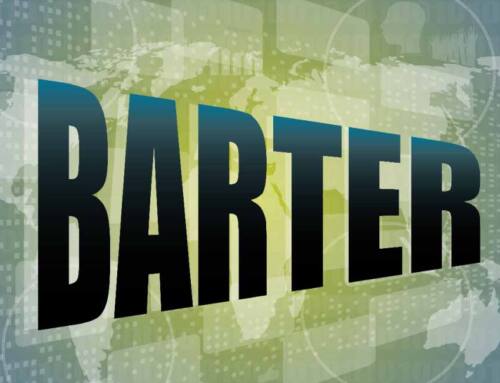In our increasingly interconnected world, the digital landscape is rife with potential dangers that can disrupt our lives in unforeseen ways. From cyberattacks to data breaches, the threats we face in the digital realm are becoming more sophisticated and pervasive. For many, it’s raised concerns about the potential of digital doomsday scenarios.
Few people actually fear a “Terminator”-like takeover by AI-driven machines, although the alarming rate that computer algorithms are improving still makes many people uneasy. And it’s never a bad idea to have a good SHTF supply on hand, just in case.
But even setting aside the most outlandish concerns, there’s still plenty to worry about in terms of a digital doomsday.
Some Of the Potential Digital Doomsday Issues
Everyone has their own personal concerns, but the following issues rank high on pretty much everyone’s list when it comes to potential disasters caused by technology.
Cybersecurity Threats
With so much information now stored online, and with so many systems operated by automated technology, concerns continue to increase about various types of attacks such as malware, ransomware, phishing, and DDoS attacks that target individuals, organizations, governments, and even critical infrastructure.
Another concern is data breaches that involve the unauthorized access or disclosure of sensitive information, leading to privacy violations, identity theft, and financial losses, as well as what is known as Advanced Persistent Threats (APTs) that involve sophisticated and sustained cyberattacks conducted by well-funded adversaries, often with political or economic motives.
AI and Automation Risks
One of the main risks associated with artificial intelligence (AI) is the potential to hurt the economy by replacing certain jobs, leading to mass unemployment or underemployment in affected industries. Also, if not carefully designed and regulated, AI systems can perpetuate or even amplify existing biases in society.
Privacy Concerns
Widespread use of surveillance technologies, both by governments and private entities, can infringe on individual privacy and civil liberties. Along these same lines, the collection, analysis, and sharing of personal data by companies can lead to intrusive profiling and potentially manipulative advertising practices.
Fake News and Disinformation
This takes place during almost every major event, and it’s getting worse. Some people will not hesitate to deliberately spread false or misleading information with the intent to deceive and manipulate public opinion, potentially undermining trust in democratic processes.
Ethical Dilemmas
Technology raises a host of other ethical questions. For example – and this is getting a bit into “Terminator” territory – the development of lethal autonomous weapons systems raises ethical questions about their deployment and accountability for their actions. Another ethical dilemma is the development of AI-driven technology that can create convincingly realistic fake videos and audio recordings for deceptive purposes.
Dependency on Technology
Single points of failure are a concern with technology. Society’s heavy reliance on interconnected systems and infrastructure creates vulnerabilities. If a critical component fails, it can have cascading effects. Also, technology dependence has led to a society that is more reliant on digital tools, increasing the risk of losing traditional skills that were once considered fundamental.
Ways to Fight Digital Doomsday Scenarios
There’s a limit to what individuals can do, outside of preparing themselves for any potential societal collapse or civil unrest. You certainly want the right supplies and tools to survive. But when it comes to digital issues, the following are some steps to take that offer some protection.
Strong passwords and multi-factor authentication (MFA). Using strong, unique passwords for each online account is the first line of defense against cyber threats. Additionally, enabling multi-factor authentication adds an extra layer of security, requiring users to verify their identity through a secondary method like a code sent to their mobile device.
Regular software updates and patch management. Outdated software can be vulnerable to cyberattacks. Regularly updating operating systems, applications, and security software helps ensure that known vulnerabilities are patched, reducing the risk of exploitation.
Vigilance against phishing attacks. Phishing attacks often target individuals through deceptive emails or messages. Being cautious about clicking on links or providing personal information in unsolicited communications can help prevent falling victim to these scams.
Data privacy. Guarding your personal information. In an age where data is a valuable commodity, protecting your personal information is paramount. Companies collect vast amounts of data, and breaches can have severe consequences for individuals. Take proactive steps to safeguard your data.
Use encryption for communication. Encryption is a powerful tool for protecting sensitive information during transmission. Use encrypted messaging apps and ensure websites you interact with use HTTPS protocols.
Be mindful of third-party apps and services. When granting permissions to third-party apps or services, be cautious about the access they request to your personal information. Only provide the minimum necessary for them to function.
Most of us are not in a position to stop digital doomsday, and society looks like it is not going to stop its fascination with technology. That means that the best you can do is take steps to protect yourself from common problems and prepare yourself to deal with a changed world if things go sideways.







Leave A Comment